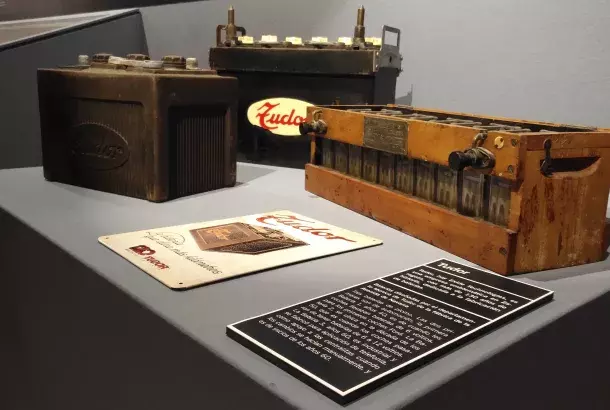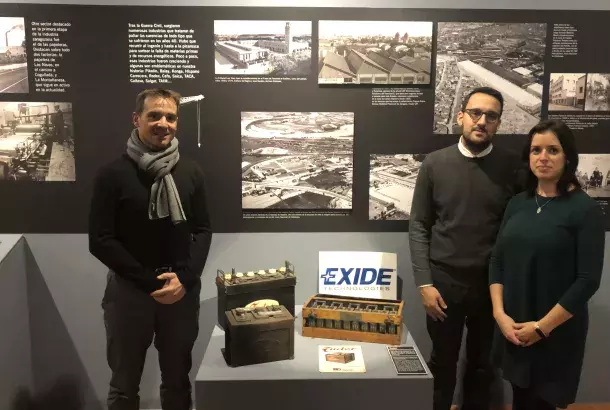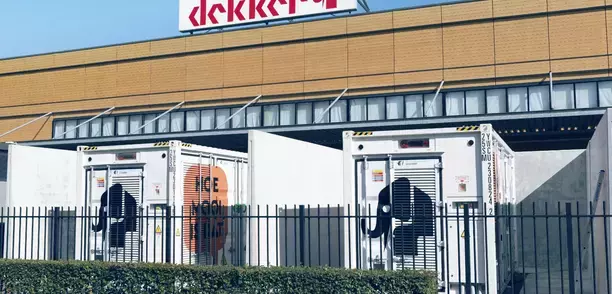Exide Technologies participated with the Town Hall of Zaragoza, Spain, in the exhibition "Industrial Heritage: The Recent History of Zaragoza.” The objective of the exhibition is a reflection and analysis about how the industry has influenced the transformation and evolution of society, factories and the city of Zaragoza.
The exhibition takes a walk through the history of the most important and historical companies of Zaragoza, some with more than 120 years of history, including Exide Technologies and its Tudor battery. With its origins in Zaragoza, the Exide plant was the company's first factory (La Pilar Factory) and opened in 1897.
“Exide and other important companies in the city have brought the exhibition to life by providing important materials and artifacts,” said Alfredo Marco, Specialist, HR Manager La Cartuja Plant & Spain Labor Relations. “Specifically, Exide provided Automotive and industrial battery models designed by the Technical Department of the old factory in Avenida de Navarra in Zaragoza.”
In the picture above you can see a 6 volt automotive battery from the 1940s and a 12 volt from the 1950s, and a Energy Solutions battery for support of telephone exchanges from the 1960s.
“Visitors to the exhibit have been able to observe photographs, products, machinery as well as the origins and milestones of the company,” added Alfredo.















